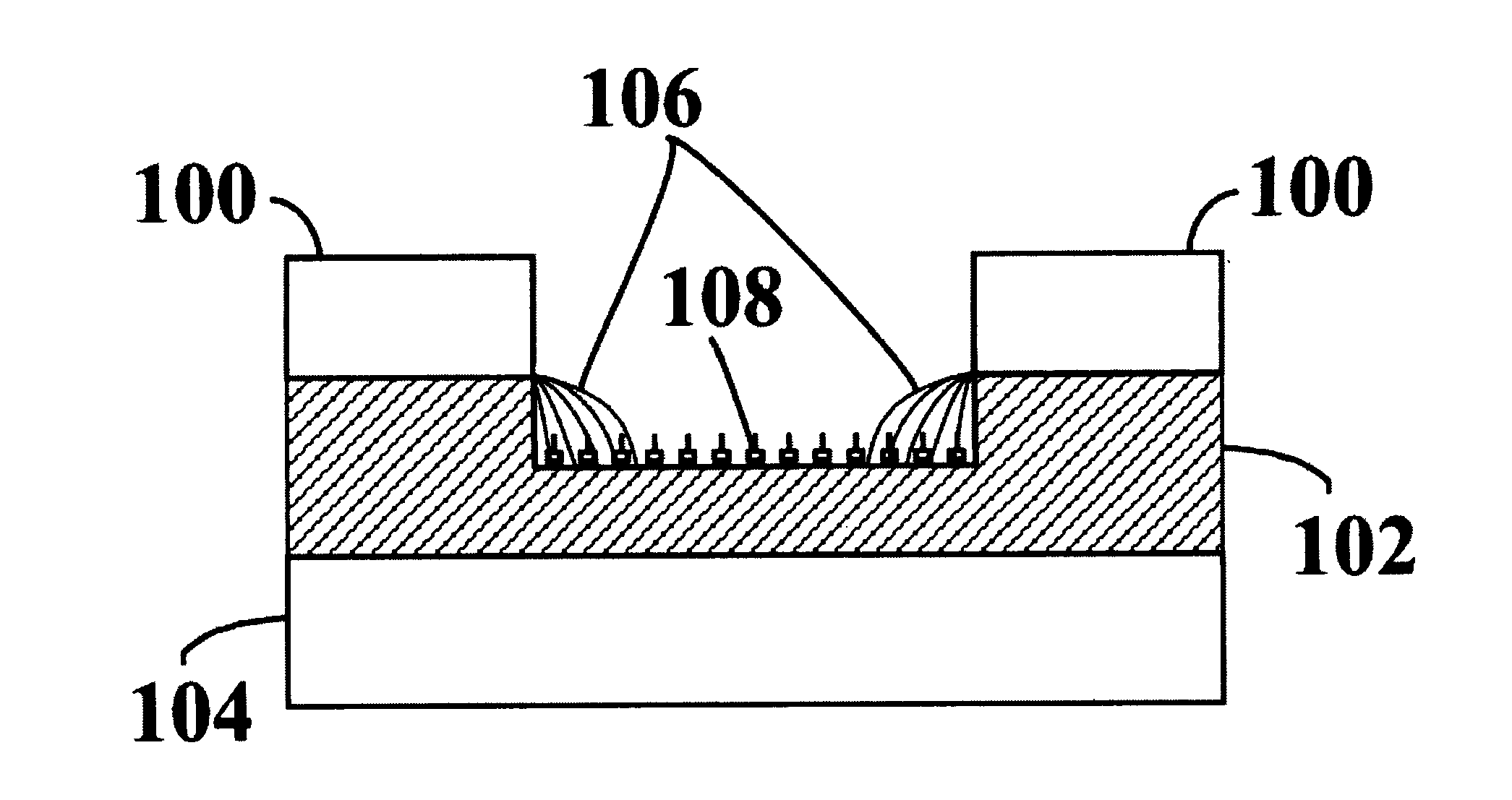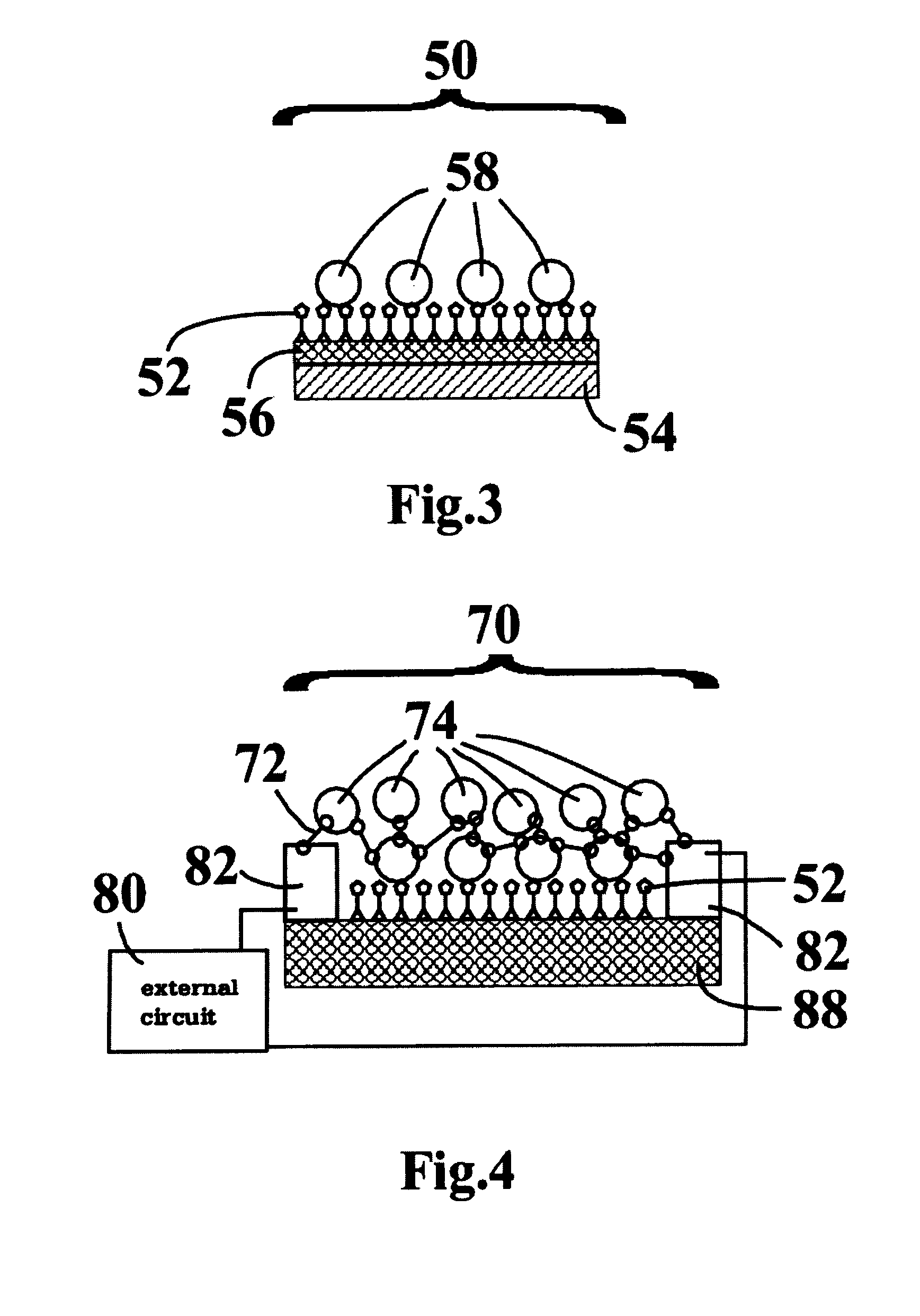Dielectric sensing method and system
a sensing method and dielectric technology, applied in the field of dielectric sensing methods and systems, can solve the problems of large and relatively expensive optical measurement apparatuses, inability to utilize optical methods, and high detection sensitivities, so as to improve the signal-to-noise ratio in capacitance measurement, ensure rigidity and mechanical stability, and small changes in
- Summary
- Abstract
- Description
- Claims
- Application Information
AI Technical Summary
Benefits of technology
Problems solved by technology
Method used
Image
Examples
example
[0093]Referring to FIG. 7, in an application of the present invention to column liquid chromatography, the dielectric sensing system comprises a housing 142, a dielectric sensor 140 and an electric circuit 144.
[0094]The housing 142 may be made of Teflon or polyetheretherketones, because of their chemical stability against many chemical substances and because they are easily machined. The housing 142 may comprise a hollow block of Teflon or polyetheretherketones, one end of which fits into the bottom of a separation column. Target analytes of interest and other species may flow in solution through the housing 142, where the dielectric sensor 140 is placed.
[0095]In one embodiment of the invention, the dielectric sensor 140 for sensing nano-scale target analytes of interest may be prepared by referring to publications by, for example, Musick et al. (1997) and Brust et al. (1998) which are listed among cited references and describe self-assembly of molecularly-linked nanoparticle films ...
PUM
| Property | Measurement | Unit |
|---|---|---|
| size | aaaaa | aaaaa |
| size | aaaaa | aaaaa |
| electric field | aaaaa | aaaaa |
Abstract
Description
Claims
Application Information
 Login to View More
Login to View More - R&D
- Intellectual Property
- Life Sciences
- Materials
- Tech Scout
- Unparalleled Data Quality
- Higher Quality Content
- 60% Fewer Hallucinations
Browse by: Latest US Patents, China's latest patents, Technical Efficacy Thesaurus, Application Domain, Technology Topic, Popular Technical Reports.
© 2025 PatSnap. All rights reserved.Legal|Privacy policy|Modern Slavery Act Transparency Statement|Sitemap|About US| Contact US: help@patsnap.com



